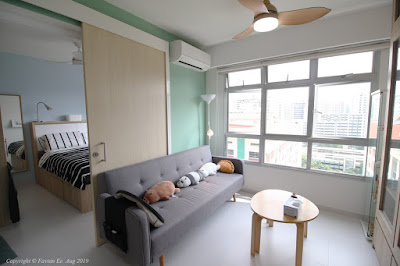Over the centuries, Melaka’s spice position along the spice trade route became the desire of European powers. The Portuguese were the first to conquer the city in 1511, followed by the Dutch in 1641, who later ceded the city to the British in 1824 in exchange for Bencoolen on Sumatra. In 1948, Melaka became part of the Federation of Malaya (today Malaysia) which gained independence from British rule in 1957 after World War II.
Vestiges of colonial and pre-colonial Melaka can still be seen, including the tombs of its early heroes. Historical records and verification can be rather sketchy at parts, but interesting nonetheless. In recent years, a book was published documenting pre-1402 Melaka. The findings are controversial to some, but others think the writer builds a strong case.
I visited Melaka as part of my school history trip in 1993. I have fond memories of that trip. It was probably the first time i got to design a T-shirt for a school activity, and I drew the Porta de Santiago gate below. I don’t remember where I got the reference photo from, since those were pre-Google days. I wish I still had that shirt.
There are currently 3 sketches in his post which I did over 2 trips. They were done in simple linework using Platinum Preppy fountain pens. I will update with more should I get the chance to visit again. There are other places I would like to draw such as Kampong Morten, Bukit Cina, Jonker Walk, and other historical sites and places of interest.
 |
| Porta de Santiago Copyright © Favian Ee |
This gateway is almost all that remains of the once impregnable Portuguese fortress, the A’Famosa, whose walls once circled the city. Behind the fort is St Paul’s Hill, on top of which is the remains of St Paul’s Church which I sketched in the third sketch below. This is a popular tourist spot, but less crowded on weekdays. There’s a mall opposite if you need respite from the heat. I took cover under a tree while sketching this and a bird bombed my sketch pouch. Fortunately the drawing was unscathed.
 |
| Dutch Square Copyright © Favian Ee |
Red is the colour of the Dutch Square. On the left is the clocktower. Christ Church (an Anglican church) is in the middle, and the Stadthuys (an old Dutch word for "Town Hall") is to the right, said to be the oldest and largest surviving Dutch colonial building in the East. Once the official residence of Dutch governors and officials, it now houses the Museum of History and Ethography. Services are still held in the church, which are open to public. This square sits at the gateway to the famous Jonker Walk, which has become a very touristy shopping street. Jonker Walk comes alive from Friday nights all through Sunday as street stalls ply their wares and feed visitors. Garish trishaws decorated with cartoon characters and plush toys while blasting loud music (if you can call that music) crowd around the Dutch Square where they pick up and drop off passengers.
 |
| St Paul's Church Copyright © Favian Ee |
On a hill behind the Porta de Santiago is the roofless St Paul's Church. I drew this piece on a different trip. To the right is a white statue of the Jesuit missionary St Francis Xavier. You may notice he is missing his right hand. Legend has it that it was sculpted with the hand, but the sculptor didn't realise that the saint's hand was removed for him to be canonized. "Miraculously", during a thunderstorm, a tree fell and lopped the hand right off the statue. That was the story I was told by our tour guide when I visited in 1993. It was one of several stories of the miracles of St Francis Xavier. Inside the church, you will find a burial vault and several large tombstones.
Previous post on my Melaka sketch trip: https://sketchpacker.blogspot.com/2018/04/melaka-anniversary-trip.html


















